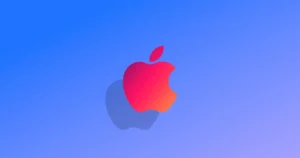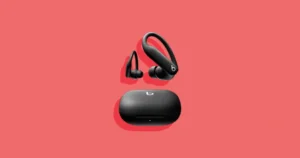Apple is officially doubling down on eSIM. With the iPhone 17, iPhone 17 Pro, and iPhone 17 Pro Max, the company is expanding the list of countries where you can no longer use a physical SIM card.
In these regions, the new iPhones are strictly eSIM-only:
- Bahrain
- Canada
- Guam
- Japan
- Kuwait
- Mexico
- Oman
- Qatar
- Saudi Arabia
- United Arab Emirates
- United States
- U.S. Virgin Islands
Meanwhile, the iPhone Air ships eSIM-only worldwide. Yes, even in China, where iPhones traditionally avoid eSIM altogether.
Suggested: Apple iPhone 17 Lineup: Full Factory Unlocked Prices and Storage Options
Why Apple is Pushing So Hard on eSIM
Apple frames this shift as progress. By eliminating the physical SIM tray, the iPhone gains a little extra space for a slightly larger battery. It also leans into Apple’s favorite narrative: simplicity. An eSIM means no fiddly little cards, no ejector tool to lose, and no waiting for a plastic SIM to be shipped when switching carriers.
And from a security standpoint, eSIM is objectively better. If your iPhone is stolen, thieves can’t just yank the SIM card to cut it off from the network, meaning Find My continues to work.
eSIM-only iPhones also squeeze out extra battery life, thanks to the added space inside the chassis where the SIM tray used to be.
The Problem: Not Every Market is Ready
But here’s the catch: just because Apple is ready to kill the SIM card doesn’t mean carriers around the world are.
- Spotty carrier support: Even in countries like the U.S. and Canada, not all smaller carriers make eSIM setup painless. Some still require awkward QR codes, manual downloads, or long waits with customer support.
- Travel complications: Frequent flyers are used to landing, grabbing a cheap local SIM, and popping it into their phone. That’s not happening with an eSIM-only iPhone. Sure, you can buy travel eSIMs through apps now, but they’re often more expensive than a local SIM card.
- Repair and troubleshooting headaches: Ever had to swap SIMs into another phone to test connectivity? With eSIM, that quick hack is gone.
The Bigger Picture: Apple’s Playbook
Apple has a long history of forcing change before the world is fully ready. Remember when the headphone jack disappeared? Or when USB-C was nowhere to be found, yet Lightning was suddenly the only option? Eventually, most people adapt — and Apple knows it.
The difference here is that connectivity is not as universal as headphones or charging cables. Mobile networks vary wildly across regions, and while eSIM has been standardized, adoption isn’t as smooth as Apple’s marketing makes it sound.
The 404 Take
The iPhone 17 lineup marks Apple’s biggest eSIM push yet, and it’s hard to see the company ever looking back. For users in the listed countries, the SIM tray is history. For everyone else, it’s probably just a matter of time.
The real question isn’t whether Apple is right about the future of SIM cards. It’s whether carriers are going to catch up fast enough to make the transition seamless. Until then, this bold move is going to feel like a win for some users, and a headache for others.







Comments